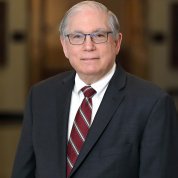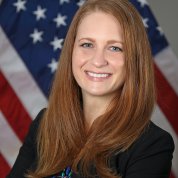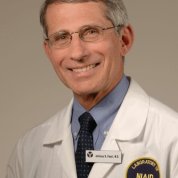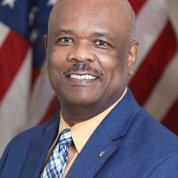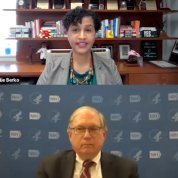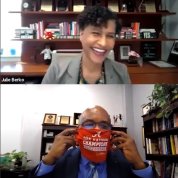‘This Too Will Pass’
9th Town Hall Addresses Plans Altered Due to Omicron
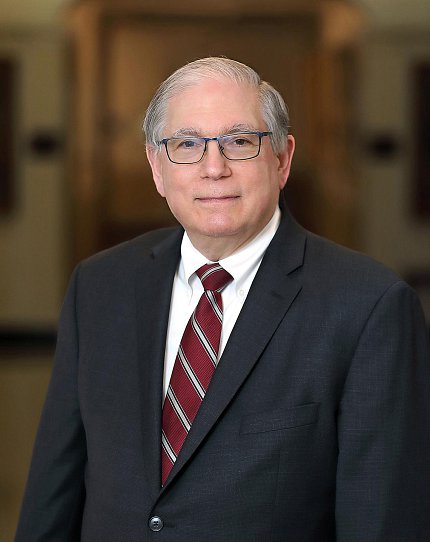
The omicron variant of Covid-19 has disrupted NIH’s plans to return to the workplace, said acting NIH director Dr. Lawrence Tabak during the 9th Virtual Town Hall on Jan. 27.
“This too will pass, as will any other variant nature throws at us,” Tabak said. “We at NIH are a big part of why I’m so confident in our ultimate success. NIH-supported research has been key to global progress against this disease. We will continue to help counter whatever new challenge this wily virus presents.”
The United States is still in the middle of the pandemic phase of the Covid-19 outbreak, said NIAID director Dr. Anthony Fauci. In January, the country averaged between 600,000 and 700,000 new cases per day, 150,000 hospitalizations daily and 2,000 deaths per day.
Omicron now accounts for more than 90 percent of new U.S. Covid-19 cases. “From what we’ve learned from our South African colleagues, it appears to be less severe in the sense of causing hospitalizations and leading to death,” Fauci said.
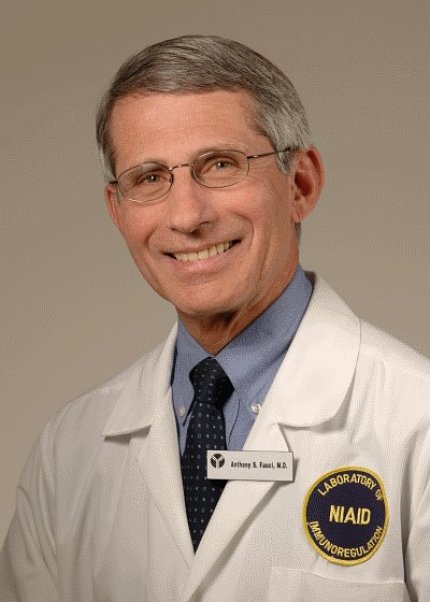
The decrease in severity is likely due to a lower degree of virulence compared to previous variants, higher vaccine coverage and infection-derived protection, he noted.
As a result of the increase in Covid-19 cases, NIH has made several changes to its safety guidance for NIH staff on coronavirus, said NIH deputy director for management Dr. Alfred Johnson.
All staff working in NIH buildings—except for the Clinical Center—must wear a well-fitting disposable surgical mask, he explained. Cloth masks will not be permitted, unless worn over a surgical mask. N95 and KN95 masks are not required on campus.
Johnson said anyone who enters the Clinical Center and employees returning to onsite work after a positive Covid-19 test or exposure must wear a special type of surgical mask, called an ASTM level 3.
Recently, a federal court order placed a temporary hold on the implementation and enforcement of the federal employee vaccine mandate. The Department of Justice has appealed the decision. The vaccine mandate for federal contractors also remains on hold.
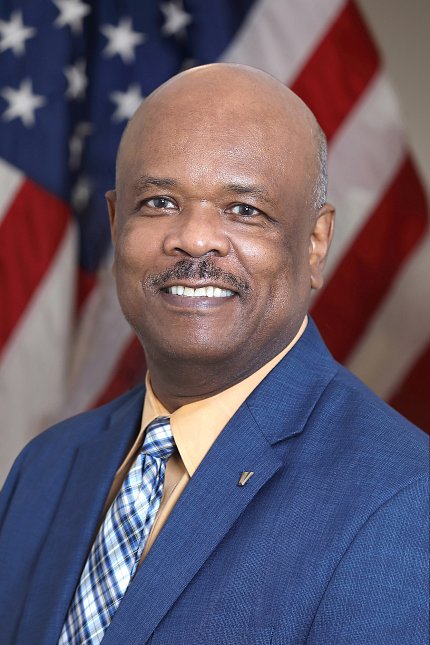
“When we get more details, we will communicate that to you,” Johnson said.
Due to the status of the pandemic, the Department of Health and Human Services paused its four-phased Return to Physical Workspace plan, said Julie Berko, director of NIH’s Office of Human Resources. [On Feb. 7, HHS announced the pause would end in March; see sidebar below.]
“This was a culmination of an effort that HHS began last summer in June, when the President signed an Executive Order that directed agencies to develop phased plans for reentry and post reentry,” Berko said. “This was coordinated at the HHS level and as a result, NIH had to modify its own plan that had been in place since June of 2020.”
Beginning in September 2021, NIH’s plan made federal employees, fellows and trainees who perform laboratory and clinical activities that must be done on site eligible to apply for voluntary return. In November, the voluntary return process expanded to include all federal employees, fellows and trainees, regardless of the type of work they perform.

Early this January, the NIH Coronavirus Response and Recovery Team paused the review/approval of new applications to voluntarily return to the physical workplace, Berko said.
“This pause will continue at least until mid-February as we continue to monitor the situation in our communities,” she said. “Staff who have portable work and do not need to physically be on site are strongly encouraged to limit their onsite presence.”
In December, senior NIH leadership—including the NIH director and deputy directors and institute and center directors, scientific directors, clinical directors and executive officers—and their support staff returned.
As part of the plan, budget/finance, grants, acquisitions, human resources, equal employment opportunity and information technology employees were due to return at the beginning of January. They were to be followed by all other remaining employees.
Pausing applications for staff who want to voluntarily return and extending the timeline for bringing back remaining employees allows “NIH and HHS to take additional steps to ensure a safe, efficient and orderly return to onsite work,” Berko said.
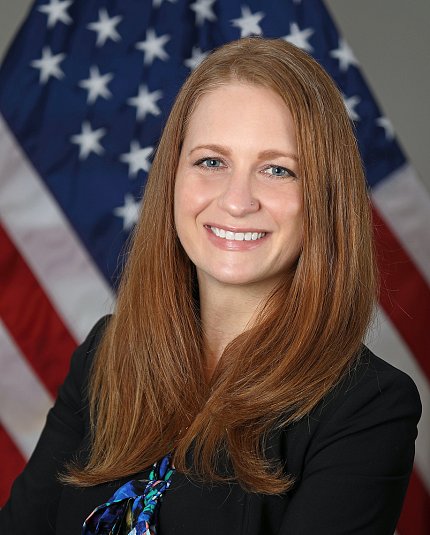
There will be leadership changes at NIH, said NIH acting principal deputy director Dr. Tara Schwetz. “In preparation for the transition to a new NIH director, we’ve identified four key areas that build on several of our current efforts, and that we believe are important to advance over the next 6 months.”
According to Schwetz, the four key areas are:
- Developing a transition plan for the new director
- Preparing to launch the Advanced Research Projects Agency for Health in case Congress funds the DARPA-like health agency
- Increasing support to minority serving institutions in fiscal year 2022
- Integrating research and development contracts and other transaction awards into the Electronic Research Administration (eRA) system
“The NIH community has been truly remarkable throughout very trying times for everybody,” Tabak concluded. “If ever there was a model of government service at its best, it can be found in the people of today’s NIH.”
NIH’ers can view the entire town hall at https://videocast.nih.gov/watch=44500.

